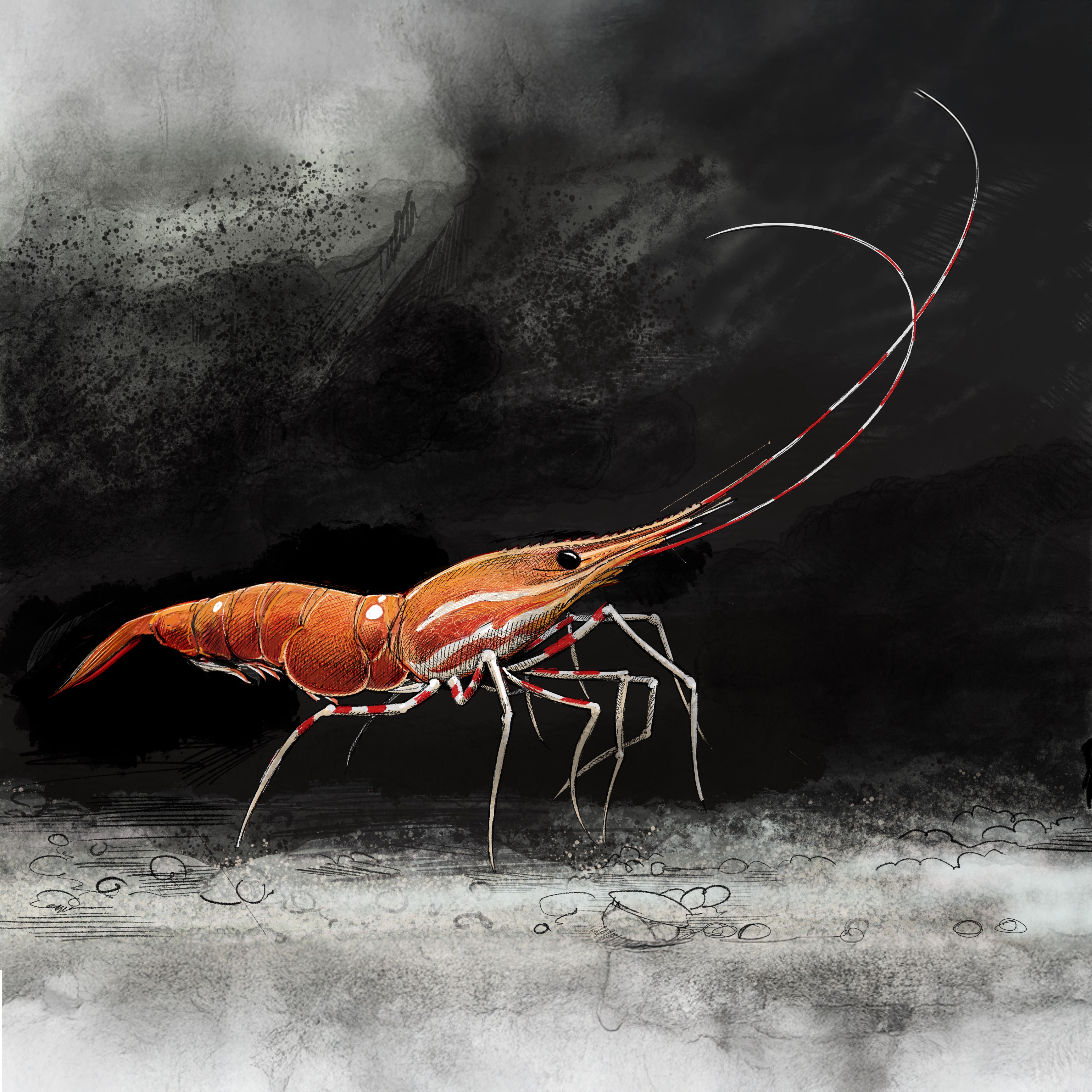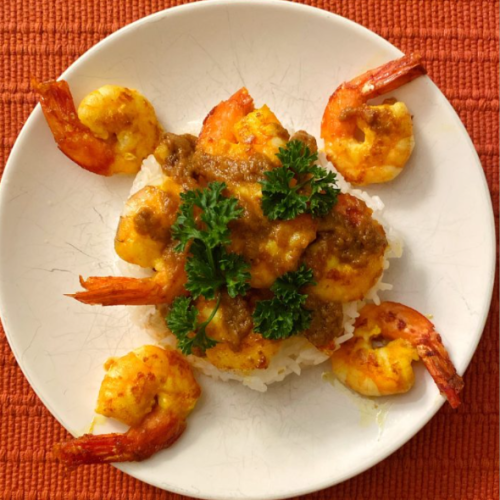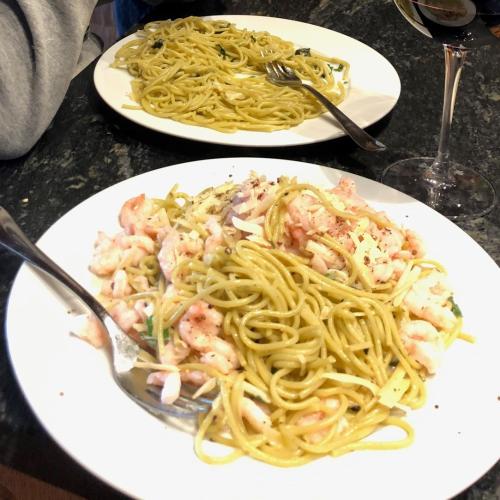Spot Prawn

Spot prawn, also referred to as spot shrimp, is the largest shrimp occurring along the West Coast. They range from Alaska to Southern California, and adults grow to between four and 12 inches. Juveniles live in rock bottom habitats and kelp forests in shallow waters and move deeper as they mature. It is generally believed that, like other shrimp, spot prawns change sex from male to female as they develop. Male spot prawns reproduce once before transitioning sexes, and females reproduce once or twice in their lifetimes. Spot prawns consume a varied diet including microscopic plankton and small invertebrates. Several commercially important species, such as Pacific whiting, sablefish, rockfish and lingcod, prey upon spot prawns. Octopus also prey upon spot prawns.
Overall availability
Spot prawn is available seasonally in California, Oregon and Washington, with peak harvest varying by geography: late winter through early fall in California and spring through early fall in Washington. Spot prawns are sold both fresh and frozen.

Management
Spot prawn is fished using trap and pot gear. The fishery is managed by state Departments of Fish and Wildlife (CA, OR, WA). In Washington, 15 Treaty Tribes co-manage spot prawn resources in Puget Sound with the state of Washington, such as the Swinomish Indian Tribal Community and the Tulalip Tribes.
More Information
While this species is known and commonly marketed as spot prawn, it is actually a type of shrimp.



